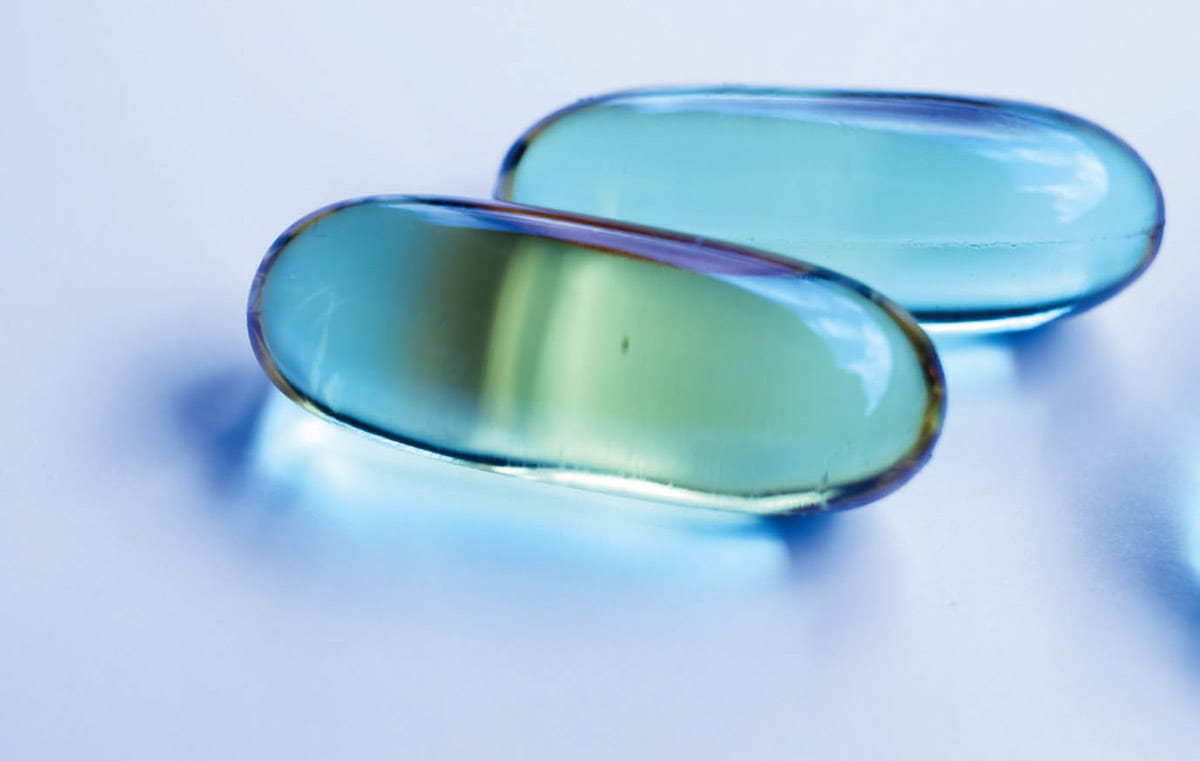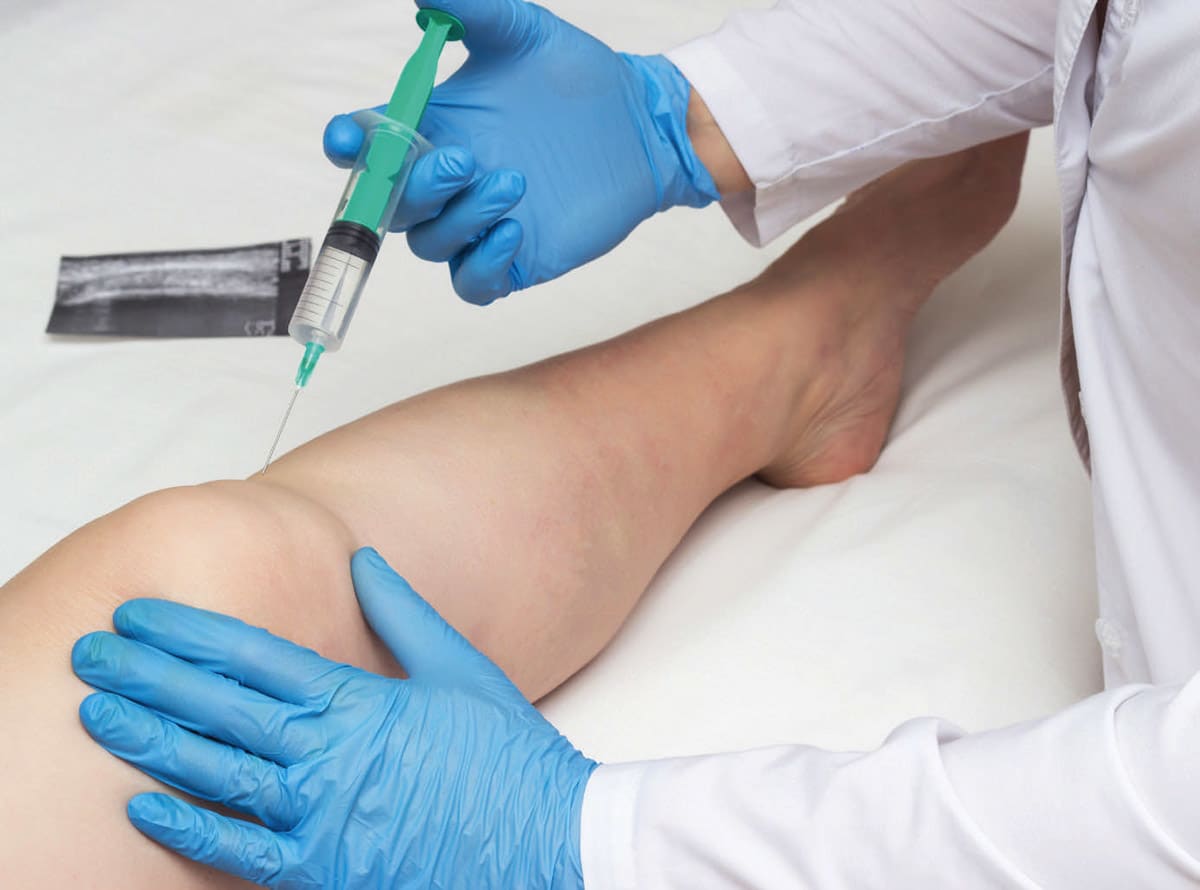Hydrogels as a Drug-Delivery Medium
Hydrogels are soft, hydroactive materials that have many applications within healthcare. The medical device industry, in particular, has long used hydrogels as integral components in wound dressings. Hydrogels can be cooling to treat burns, absorptive to manage exudate, and transparent enough to easily monitor wounds.
More recently, hydrogels have been used in more advanced medical fields such as tissue engineering, neural regeneration, and medical implantation applications. This article focuses on using hydrogels for targeted drug delivery, an area that has seen a lot of advances in recent years.
Hydrogel dressings have long been dosed with active ingredients to impart useful properties to the skin. A hydrogel could contain aloe vera extracts to add soothing and healing properties to a burn dressing. Natural antimicrobial agents can be incorporated to prevent infection on a wound bed.
More recently, hydrogels have been used as a carrier to deliver medication onto a patient’s skin. The benefit of this approach is that the dose rate can be controlled over a period of time. A medication will slowly migrate out of the gel and onto the patient’s skin. The release will happen over the course of a day, providing a slow but steady feed of a drug. This approach avoids the need for careful and repeated drug applications, allowing a steady and long-term dose rate instead.
OCULAR DRUG DELIVERY
The idea of using hydrogels as a slow-release device for drug delivery been advanced further with the advent of medicated contact lenses. Traditionally, eye drops are used to deliver medication to the eyes. This is an inefficient drug-delivery system; around 95 percent of the medication is lost through tear drainage. Improving this delivery system can reduce waste and bring costs down for patients. 1
Hydrogels are already used as a construction material in contact lenses due to their skin-friendly composition and high water content. A hydrogel dosed with active ingredients — including treatments for glaucoma — can provide more effective drug delivery. Not only does this reduce the amount of wasted active ingredients, but it also provides a longer-term release of the medication. This longer-term release has been shown to improve compliance in what can otherwise be a frequent and complicated eye dosing regimen for patients.
DRUG RELEASE THROUGH GEL DEGRADATION
Hydrogels are not only useful for topical drug delivery. They can also be utilized to deliver medication within the body. There are many mechanisms for drug release, the simplest being the natural swelling and breakdown of the gel releasing the drug over time.
A more targeted approach would be the controlled degradation of the hydrogel to release the medicine. 2 Ultrasound has been proven effective at breaking down a hydrogel and allowing the release of drugs. This method allows for noninvasive, targeted delivery of a drug to a specific site in the body.
ORAL DELIVERY OF DELICATE MEDICATIONS
Hydrogels can unlock the ability to administer drugs that would not normally survive the process orally. Certain drugs need to pass through the stomach to be effective but are unable to withstand the acidic pH conditions of the stomach. In one such case, it was found that encapsulating Amifostine (a chemotherapy drug) in a hydrogel allowed it to safely pass through the stomach to be delivered into the intestines. 3
Allowing oral administration of certain drugs can improve a patient’s ability to administer treatments at home and make it safer and easier to undergo certain treatments. Encapsulating drugs in this way can also improve the shelf life of certain medications, as the hydrogel provides additional stability.
STIMULI-RESPONSIVE HYDROGELS
While gel degradation can be used to release medication, sometimes developers want even more control of a drug’s release. For this, stimuli-responsive hydrogels provide a solution. These are gels that change their absorption capacity based on the environment that they are in. Hydrogels can be formulated to be light-sensitive, temperature-sensitive, electrically sensitive, etc.
The idea of stimuli-responsive hydrogels is to use a multistep process. First, the gel is swollen with a medicated solution. The swollen gel is then transferred to the target area within the body. Then the conditions are changed. This can be any number of factors depending on the area that is getting targeted. This change in conditions reduces the gel’s swelling capacity, and the medication is released to the targeted area.
The advantage of stimuli-responsive hydrogels is the ultimate control of where the active ingredient is dosed and how quickly the dose is administered. Conditions can be changed suddenly to release a drug all at once or slowly to enable fine control of the release rate.
These hydrogels also allow for fine control of where a drug is released. Hydrogels can be designed to do this if developers want to efficiently target a certain organ of the body or even certain types of cells.

MANAGING DIABETES
For diabetes, pH-responsive hydrogels with the enzymes glucose oxidase and catalase incorporated into their network will swell in the presence of glucose. Insulin can be encapsulated within these hydrogels, with the gel acting as a barrier between the insulin and the body. 4

When higher glucose concentrations are present in a user’s blood, the hydrogel will swell, allowing the insulin to migrate out of the device. As the insulin takes effect, glucose levels will drop, and the hydrogel will shrink, cutting off the supply of insulin. Effectively, the system is a closed loop, self-regulating the blood glucose to within optimal levels.
Additionally, hydrogels can be designed to degrade over time. This allows the insulin implant to be broken down by the body once its use has finished and prevents any kind of toxic buildup from happening.
TARGETED CANCER TREATMENTS
There are a couple of mechanisms through which light can be used to alter the properties of a hydrogel. One of these mechanisms is incorporating compounds that degrade when interacting with light. Hydrogels made from these compounds will break apart when exposed to light.
In this way, highly targeted cancer treatments can be developed to direct anticancer drugs only toward compromised cells. A hydrogel loaded with drugs can be injected into a cancer site — once positioned — and a small point of light can be used to break down the gel, targeting the release of the drugs toward cancerous cells, leaving healthy ones unharmed.
Additionally, the extracellular environment of a cancer cell is slightly acidic, in contrast to the slightly alkaline pH of healthy tissue. A pH-responsive hydrogel can be developed that only releases anticancer drugs when in the acidic environment created by cancer cells. This can reduce the amount of healthy tissue that incidentally gets targeted by the same treatment.
CONCLUSION
Hydrogels are a proven material used within the wound care industry. They are valued for their cooling, soothing, healing properties, and absorptive characteristics. Outside of the field of wound care, the applications of hydrogels have been expanded into the drug-delivery space.
Topical drug delivery is already well explored, with active ingredients being absorbed into the body through the skin. This has expanded into more advanced areas, such as ocular and oral drug-delivery systems.
The cutting edge of hydrogels for drug delivery lies with stimuli-responsive hydrogels. These gels can provide highly controlled and targeted drug release within the body. They benefit the treatment of a wide range of conditions, including cancer and diabetes.
REFERENCES
- Rykowska I, Nowak I, Nowak R, “Soft Contact Lenses as Drug Delivery Systems: A Review;” Molecules, 2021, September 26.
- Li J, Mooney DJ, “Designing hydrogels for controlled drug delivery,” Nat Rev Mater; 2016, December 1.
- Jacob S, Nair AB, Shah J, Sreeharsha N, Gupta S, and Shinu P, “Emerging Role of Hydrogels in Drug Delivery Systems, Tissue Engineering and Wound Management,” Pharmaceutics; 2021, March 8.
- Mohanty AR, Ravikumar A, and Peppas NA, “Recent advances in glucose-responsive insulin delivery systems: novel hydrogels and future applications;” Regen Biomater, 2022, August 23.









